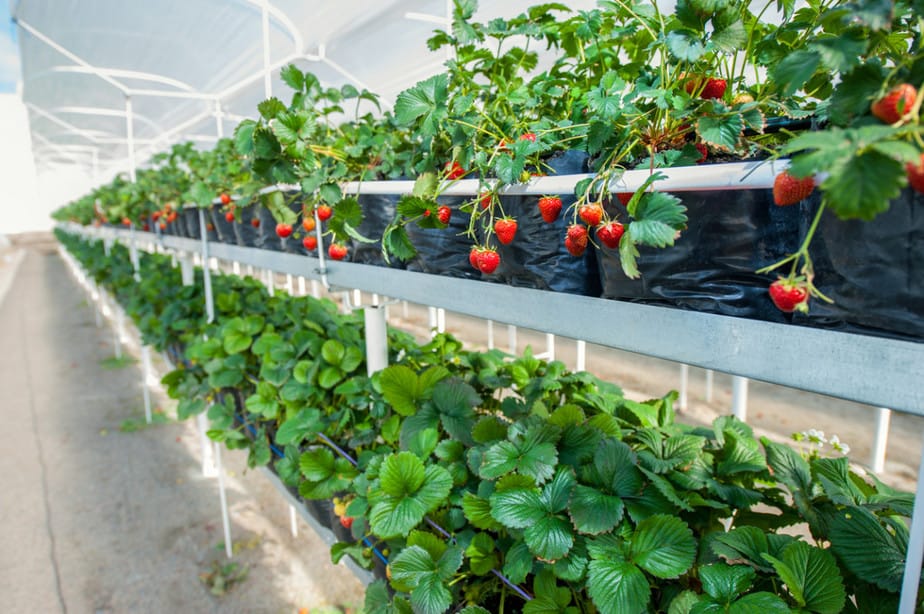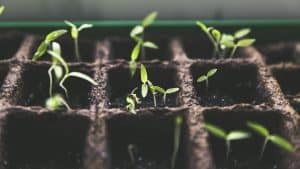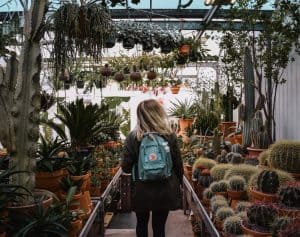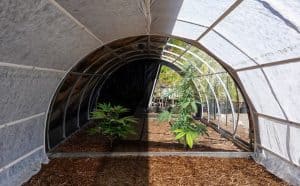A greenhouse is a controlled environment that can be manipulated according to your crops’ needs. That way, you can enjoy summer, spring, winter, and autumn produce all year round.
Harvesting in a greenhouse can include a lot of trial and error until you get the hang of things. For this reason, we compiled a list of the top 10 beginner greenhouse plants you can start with to avoid the headaches.
Why Choose Easy-To-Grow Plants For Your Greenhouse?

It’s summertime, and the weather couldn’t get any better! Your garden is flourishing into a mass of texture and color with numerous visiting butterflies and hummingbirds. Not only that, but the apricots and plums are sweeter than ever!
Then the winter rolls around, and the blueberries and peaches replace the summer fruits. An idea comes to you: why not build a greenhouse!
Any kind of plant can be grown in a greenhouse, but some need more attention than others. In fact, some basics can influence any plant. These include the age and type of seed, pH level, water supply, humidity level, temperature, and amount of sunlight and shade the plants are receiving.
If any of these basics are slightly altered, expect slow or no growth at all! Consequently, easy-to-grow plants are the best to start with as they don’t have strict requirements and are somewhat tolerant to mishaps.
10 Greenhouse Plants for Beginners
Here’s a variety of beginner plants and where you can find them. Let us know in the comments if your recommend any other easy-growing greenhouse plants for beginners too.
English Lavender
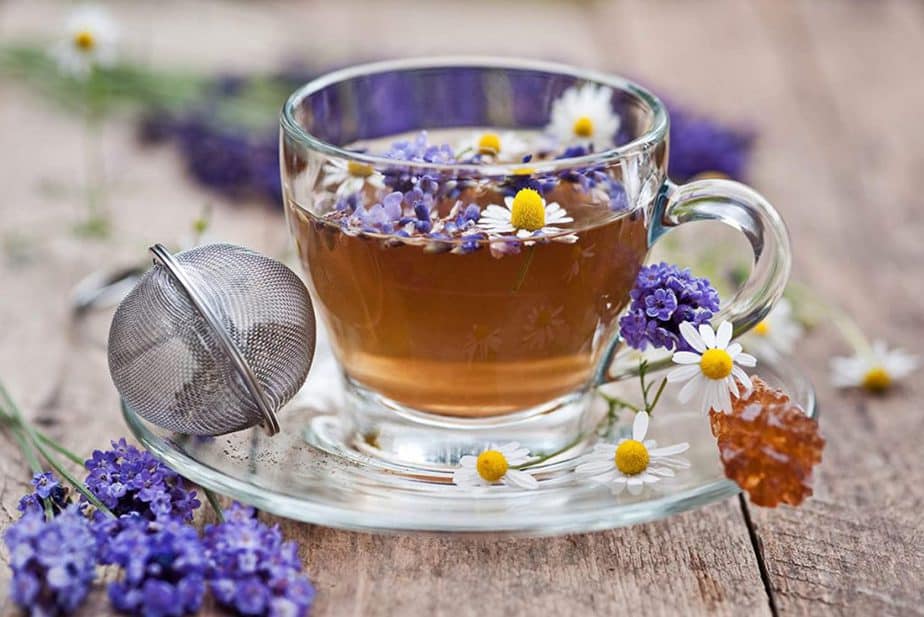
Not only is is english lavender gorgeous looking with a beautiful aroma, but it’s also one of the easiest plants to grow. This medicinal herb is perennial and resistant to drought. They have to be pruned only once annually and don’t need fertilized soil.
We advise you to put the plant in areas with plenty of sunlight or under grow lights. It can be forced to flower or develop faster under certain conditions, to include 16-hour days, 17.7 – 20 °C, and well-draining soil.
Additionally, lavender is tolerant to some pests and diseases and is best harvested in the morning.
Raspberries
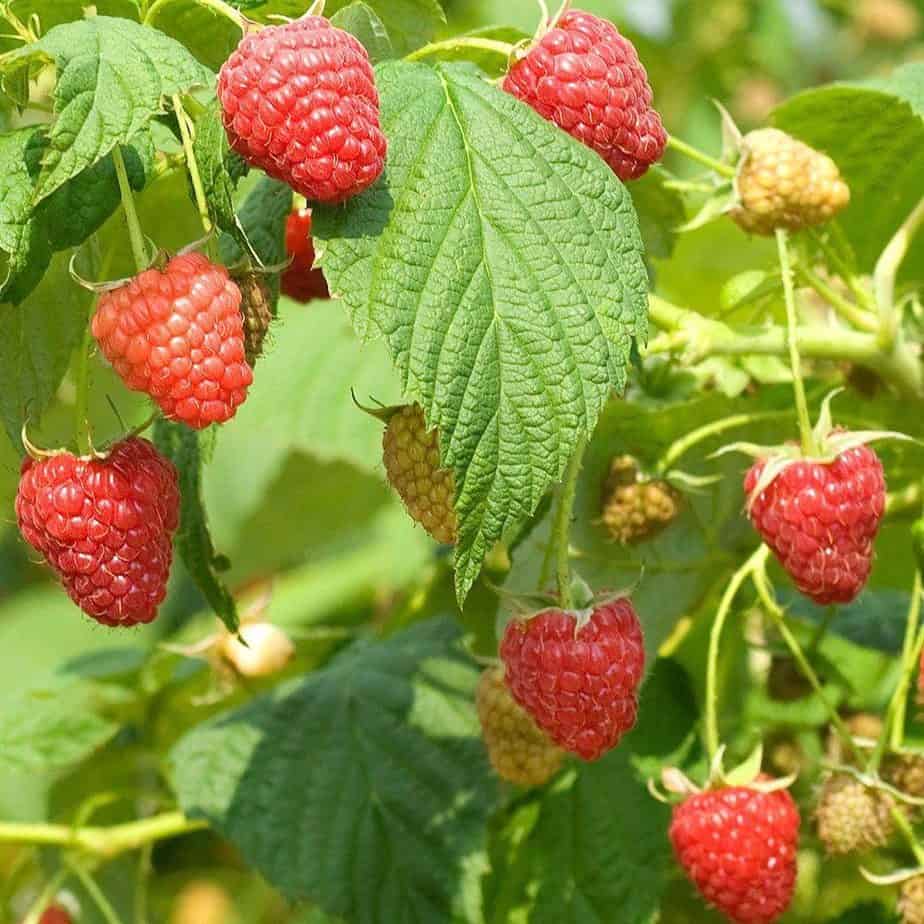
These summer fruits can be grown in a greenhouse all year round! The plants are easy to manage and grow fruits within the first year. They don’t require extra light sources and can bear cool temperatures. However, a greenhouse temperature of 20°C is perfect for raspberries.
Make sure to use a drip irrigation system rather than overhead watering for potted raspberries to avoid rotting. Their harvest season lasts for 8 to 10 weeks.
Nigella (Love In A Mist)

The seeds are both a plant-to-be and a spice in one! All you have to do is sow seeds over prepared beds of naked soil, carefully press them into the surface, and they’ll bloom in no time. Nigella needs about 10 – 14 days to germinate.
Additionally, make sure to keep the soil moist till germination. Nigella plants are preferably grown in sunny areas, although they grow fine in shady ones too. Remember, these plants flourish better if sown directly instead of being transplanted.
These blue beauties are pest-free since they don’t attract insects and don’t last long enough to catch any diseases.
Tarragon
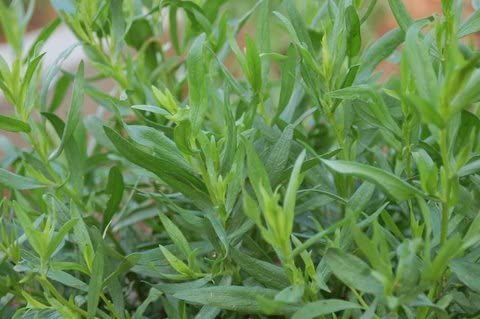
If you want to add some color to your greenhouse, tarragon is a two-in-one! This herb blooms attractive flowers. Tarragon can be grown from seeds, seedlings and cuttings.
In terms of planting, place up to 6 seeds in a pot and apply moistened potting mix. Place the pot under direct sunlight and allow sufficient airflow. Due to its sturdy root system, tarragons can tolerate dry and desert-like environments up to two years.
When harvesting, you may cut the leaves and flowers.
Kale
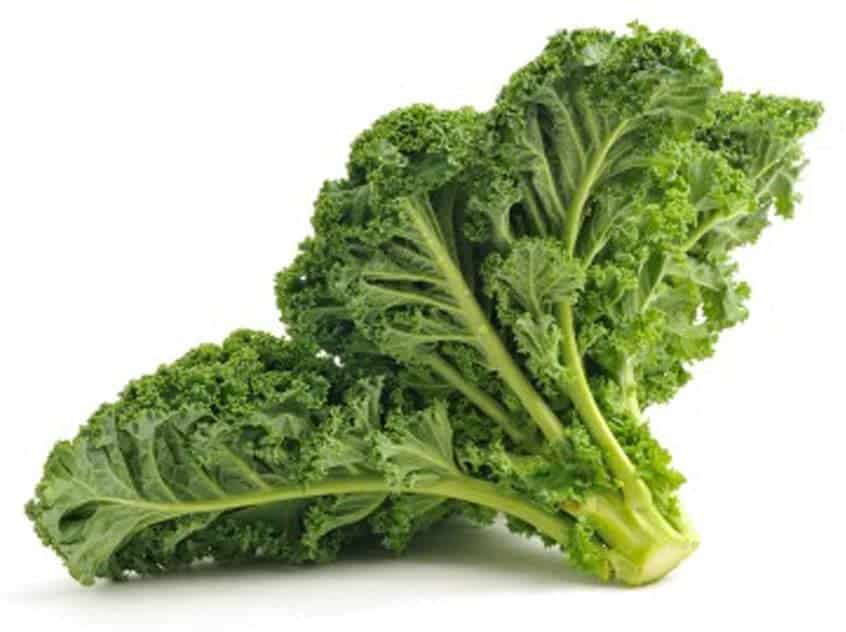
Kale is a delicious antioxidant green for salads and other dishes. It’s one of the most tolerant and disease-resistant plants. It practically requires no attention at all.
To keep them healthy, routinely hoe the weeds and remove any yellow leaves around the plant’s base. Place them in a spot with part sunlight and part shade. The tip will keep growing new leaves for months, so make sure to pick out the ones at the bottom first.
Star Anise
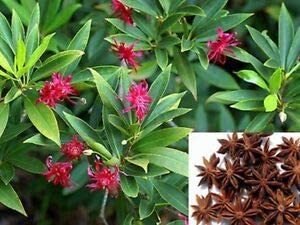
Anise is a medicinal herb with a distinct scent. The plant blossoms with a riot of flowers and grows to 24 inches in height. Star anise won’t survive in any temperature below -9.4°C, so keep an eye on that variable during snowy winters.
Lastly, harvest the plant when the flower head has fallen off, and the seeds have developed.
Catnip
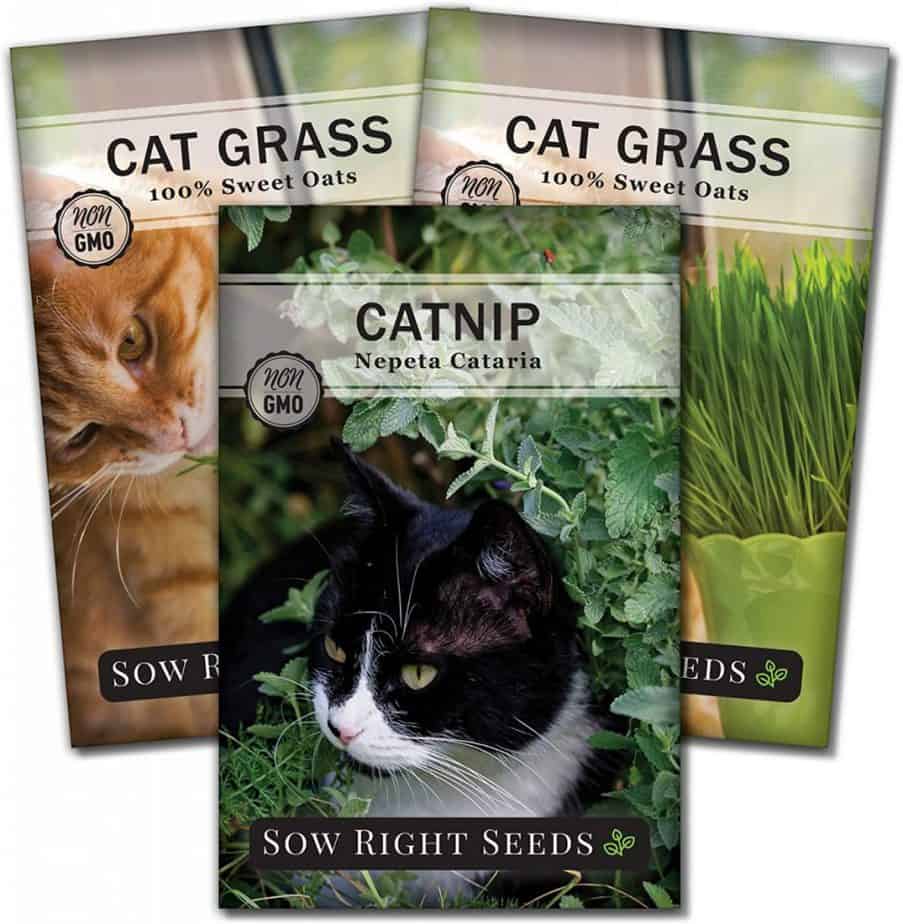
Catnip is an enjoyable treat for kitties and a medicine source for us. It could be grown from leaf tips and seeds. Keep this plant in sunny areas with a constant water supply and drained soil. Although catnip attracts some beneficial pests, the leaves naturally repel insects if rubbed on the skin.
Protect the plant with wire meshes from any neighboring cats.
Eggplant
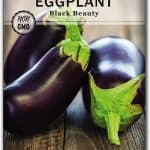
Eggplants are best grown in warm environments. Plant the seeds in raised beds with fertilized soil. You may also apply a thin layer of potting mix to prevent dryness and disease.
Eggplants can be harvested after 16 to 24 weeks when the skin is looking bright and smooth.
Thyme
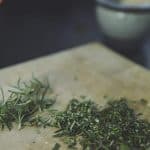
Thyme is a flavorful herb that only needs 14 to 28 days to grow. They need a temperature around 21°C, making a greenhouse the ideal place for them.
To plant thyme, scatter the seeds one foot apart and get them closer to 6 inches apart only when the seedlings have developed. Harvest the plant before the flower blooms by cutting the herb 2 inches from the top. The plant will regrow a second batch of thyme after.
Carrots
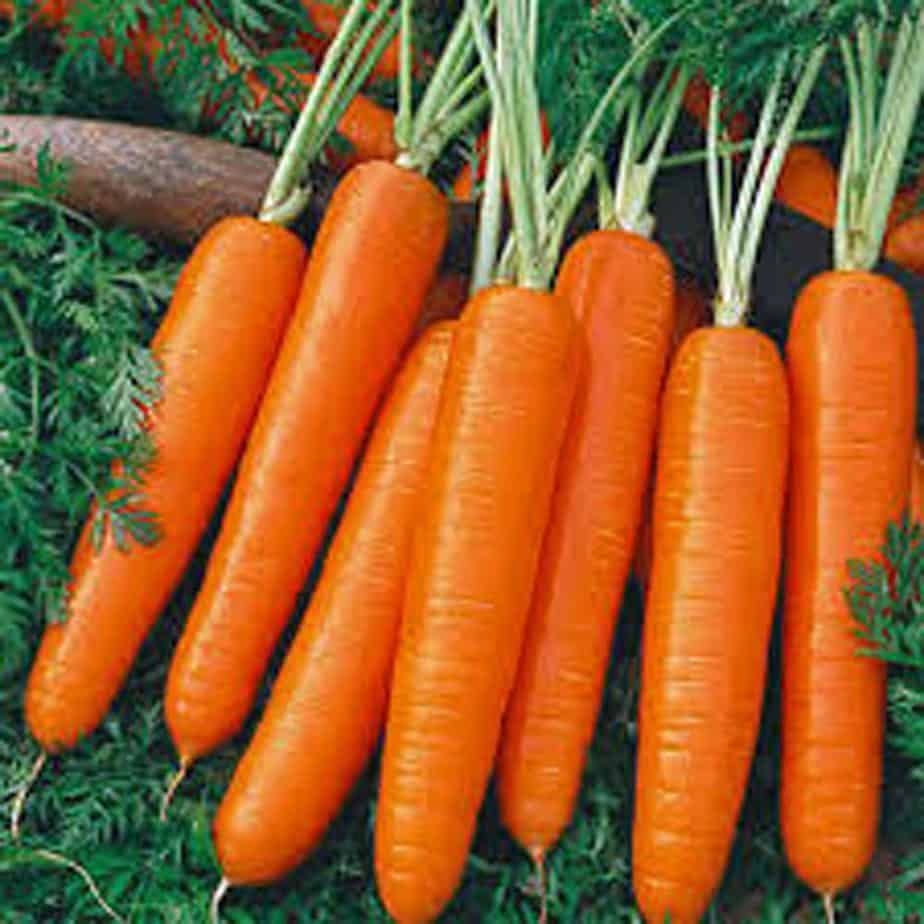
Carrots are one of the best root crops to grow in a greenhouse. They can be planted at any time of the year and endure frost very well.
To plant them, prepare deeply-tilled sandy loose soil and allow the seeds to dig their way through. Make sure the soil isn’t too thick unless you want short round carrots. Carrots attract several pests and diseases that no registered pesticides can be used for. Therefore, check the seed packet very well to use disease-free seeds only.
Although it depends on the environment, carrots usually require 2 to 4 months and can be harvested early.
Conclusion

If it’s your first time using a greenhouse, make sure to opt for easy-to-grow plants that need minimal attention. They’ll save you from the frustrations while you take your time learning. Also, keep in mind that different easy plants may need varying temperatures; therefore, they can’t all be placed in one area.
So study the basics before you get started, and happy planting!

